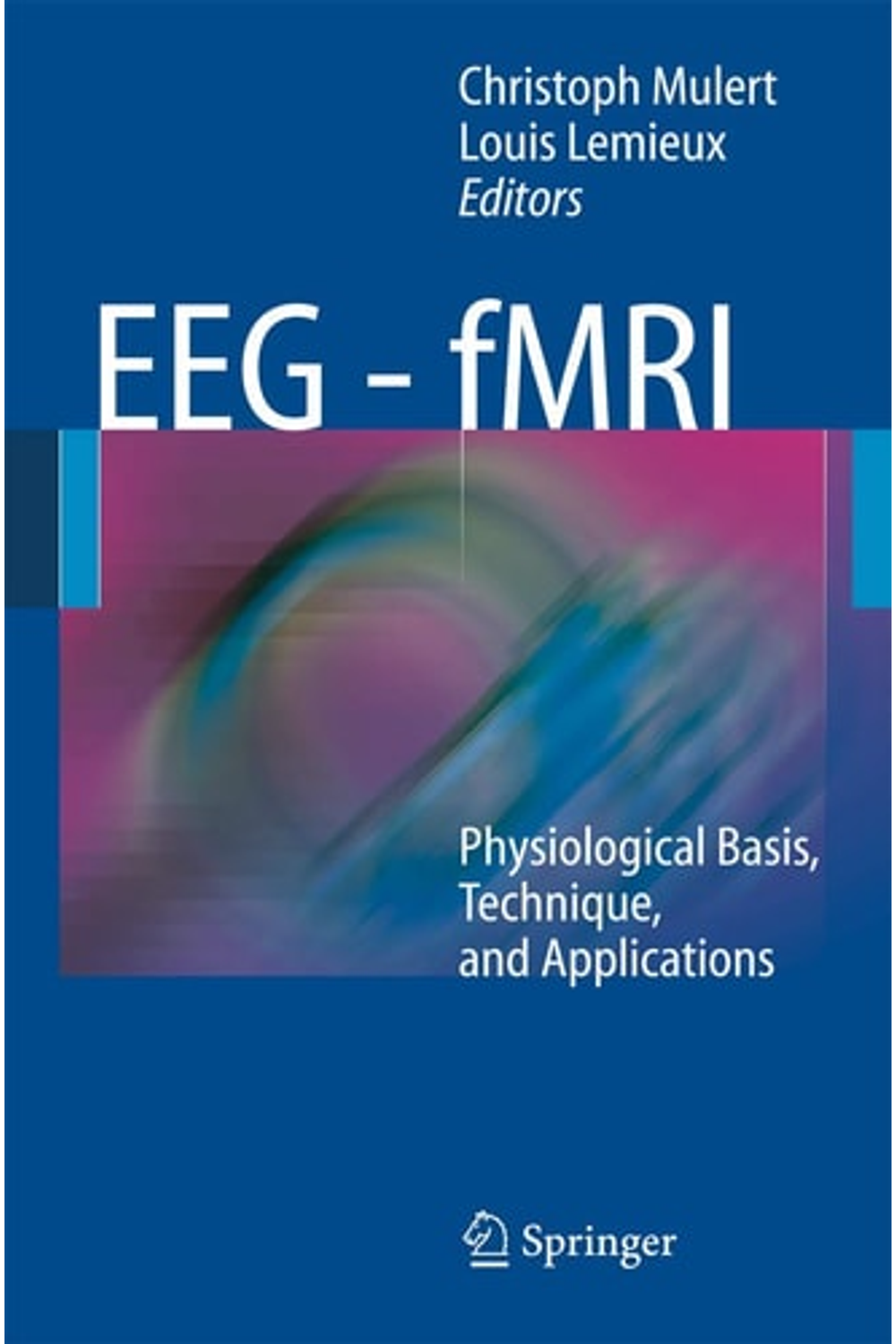Explore the groundbreaking intersection of brain imaging with “EEG-fMRI: Physiological Basis, Technique, and Applications,” a vital resource for neuroscientists, neurologists, and researchers. Authored by MULERT and published by SPRINGER in 2009, this hardcover first edition (ISBN: 9783540879183) delves into the synergistic use of electroencephalography (EEG) and functional magnetic resonance imaging (fMRI). Discover how this combined approach offers unparalleled insights into brain activity, bridging the gap between electrical signals and hemodynamic responses. Covering the physiological principles, technical considerations, and diverse applications, this 562-page book equips readers with the knowledge to design, conduct, and interpret EEG-fMRI studies effectively. From understanding artifact correction to exploring applications in epilepsy, sleep research, and cognitive neuroscience, this book is an indispensable guide for anyone seeking a deeper understanding of the human brain. Weighing approximately 1004 grams, this comprehensive text is a cornerstone for any serious medical or neuroscience library.
EEG – fMRI: Physiological Basis, Technique, and Applications
51,07 $
In stock
Description
Book by
Delve into the intricate world of neuroimaging with "EEG-fMRI: Physiological Basis, Technique, and Applications," a comprehensive hardcover resource authored by MULERT and published by SPRINGER in 2009. This first edition, spanning 562 pages, offers a rigorous exploration of the combined electroencephalography (EEG) and functional magnetic resonance imaging (fMRI) techniques, providing a crucial bridge between electrophysiological brain activity and its underlying hemodynamic correlates. Perfect for researchers, clinicians, and advanced students in neuroscience, neurology, and related fields, this book is an essential addition to any medical library. Unlike single-modality approaches, simultaneous EEG-fMRI allows for a more complete understanding of brain function. EEG provides excellent temporal resolution, capturing rapid changes in brain electrical activity, while fMRI offers high spatial resolution, pinpointing the precise brain regions involved. "EEG-fMRI: Physiological Basis, Technique, and Applications" meticulously examines the physiological underpinnings of both techniques and how they interact, providing a strong foundation for interpreting combined EEG-fMRI data. This book doesn't just cover the theoretical aspects; it dives deep into the practical considerations of performing and analyzing EEG-fMRI studies. You'll find detailed explanations of experimental design, data acquisition, and artifact correction techniques. It addresses the challenges associated with combining these two modalities, such as dealing with MRI-related artifacts in EEG data and optimizing the synchronization between the EEG and fMRI recordings. This practical guidance ensures that readers can successfully implement EEG-fMRI in their own research or clinical practice. Beyond the fundamentals, the book explores a wide range of applications of EEG-fMRI across various neurological and psychiatric conditions. Learn how this powerful technique is used to investigate epilepsy, sleep disorders, cognitive processes, and brain-computer interfaces. Gain insights into how EEG-fMRI can shed light on the neural mechanisms underlying these conditions and potentially lead to new diagnostic and therapeutic strategies. This book stands out due to its comprehensive nature and clear writing style. Even complex concepts are explained in an accessible manner, making it suitable for both beginners and experienced researchers. The author(s) meticulously cite relevant literature, providing a rich source of information for further exploration. Furthermore, the book includes numerous figures and illustrations to visually demonstrate key concepts and findings. Whether you're a researcher aiming to unravel the mysteries of the brain, a clinician seeking to improve the diagnosis and treatment of neurological disorders, or a student eager to learn about the cutting-edge of neuroimaging, "EEG-fMRI: Physiological Basis, Technique, and Applications" is an indispensable resource. Secure your copy today and embark on a journey to explore the dynamic interplay between brain electrical activity and hemodynamics. This substantial, 1004 gram book is not just a read, but an investment in understanding the future of brain research.
SKU: G-9783540879183-3
Categories: Fitness & Dieting, Health, Medical Books
- Additional information
- Currencies
- USD – United States dollar
- EUR – Euro
- GBP – Pound sterling
- CNY – Chinese yuan
- BRL – Brazilian real
- MXN – Mexican peso
- JPY – Japanese yen
- PHP – Philippine peso
- THB – Thai baht
- PLN – Polish złoty
- CAD – Canadian dollar
- MYR – Malaysian ringgit
- AUD – Australian dollar
- TWD – New Taiwan dollar
- CZK – Czech koruna
- SEK – Swedish krona
- HUF – Hungarian forint
- ILS – Israeli new shekel
- CHF – Swiss franc
- HKD – Hong Kong dollar
- DKK – Danish krone
- SGD – Singapore dollar
- NOK – Norwegian krone
- NZD – New Zealand dollar





